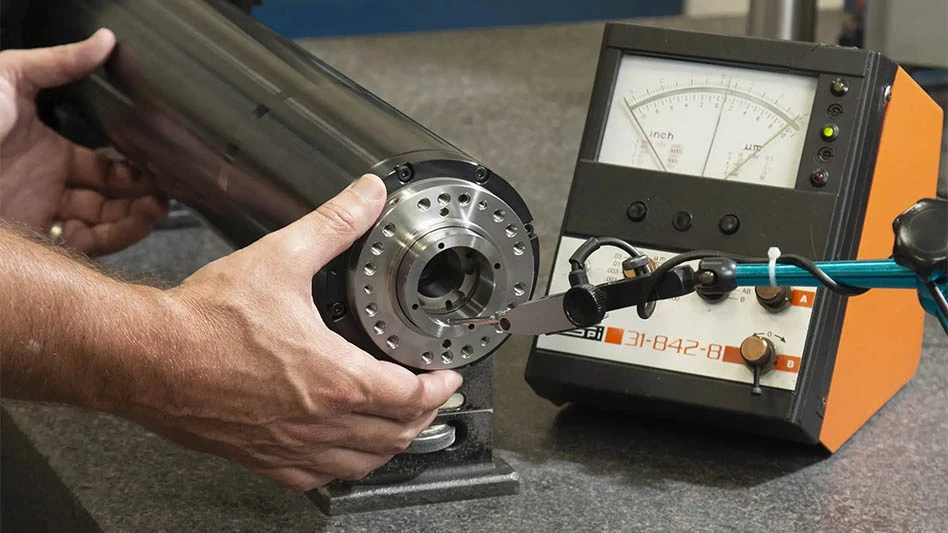
Hoffman Estates, Illinois - The Renishaw AM250’s laser melting additive-metal manufacturing process is capable of producing fully dense metal parts direct from 3D CAD data using a high-powered fiber laser. Parts are built layer by layer, in thicknesses ranging from 20µm to 100µm, using a range of fine metal powders that are fully melted in a tightly controlled atmosphere.
The current range of machines utilizes a third-generation design representing state-of-the-art manufacturing technology. Key features include variable powder delivery, ultra-low oxygen content in the build atmosphere, and an unparalleled safe-change filter system to minimize user contact with materials.
The AM250 features vacuum technology and low gas consumption. It utilizes machine tool engineering in design, operation, and serviceability, emphasizing ruggedness, and ease of operation. The touch-screen operator interface includes menu options for machine preparation and cleaning. Consumable costs are minimized through features such as the soft re-coater blade that can be rotated several times before replacement, use of low-cost filter elements, and low gas consumption – all of which improve system reliability and cost of ownership.
The AM250 system processes a wide variety of materials, including 316L and 17-4PH SS, H13 tool steel, aluminum Al-Si-12, titanium CP, Ti-6Al-4V and 7Nb, cobalt-chrome (ASTM75), and Inconel 718 and 625. The system is designed for rapid material changeover, with a removable hopper – particularly useful for materials development or use of a range of materials. To enhance productivity, a valve interlock allows addition of extra powder while the process is running. Safe processing of reactive materials, such as titanium and aluminum, is ensured with features such as a gas knife that clears away reactive, sooty emissions, and a heated build plate.
The AM250 provides a 250mm x 250mm x 300mm (X-Y-Z) work envelope, with Z-axis extendable to 360mm. The build rate is 5cm3 to 20cm3 per hour, dependent on the material, part density and geometry. The system is available with a 200W or 400W laser and features a fully welded vacuum chamber, enabling low-pressure evacuation followed by a recharge with high purity argon gas. Gas consumption, after the initial chamber flood, is extremely low, and allows operation at oxygen concentrations below 50ppm – crucial when processing reactive materials, and contributing significantly to material integrity and mechanical performance.
All file preparation is completed off-line through a choice of interface, either Marcam Autofab softwareor Materialise Magics. Once complete, the build file is uploaded to the machine via a secure network or direct connection. Product traceability has been improved by the addition of process data and event logging as standard, with various additional process control options on request.
Source: Renishaw Inc.
Latest from Aerospace Manufacturing and Design
- JetZero all-wing airplane demonstrator achieves milestones
- Cermet indexable inserts for medium turning operations
- Trelleborg acquires Aero-Plastics
- Industrial automation products, enclosed encoders
- #61 - Manufacturing Matters: CMMC roll out: When do I need to comply?
- AIX shows aircraft interiors are a strategic priority for global airlines
- Machine Tool Builders Roundtable: Turn equipment into expertise
- No time to waste: How to machine MedTech parts more efficiently





